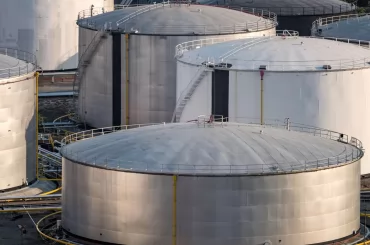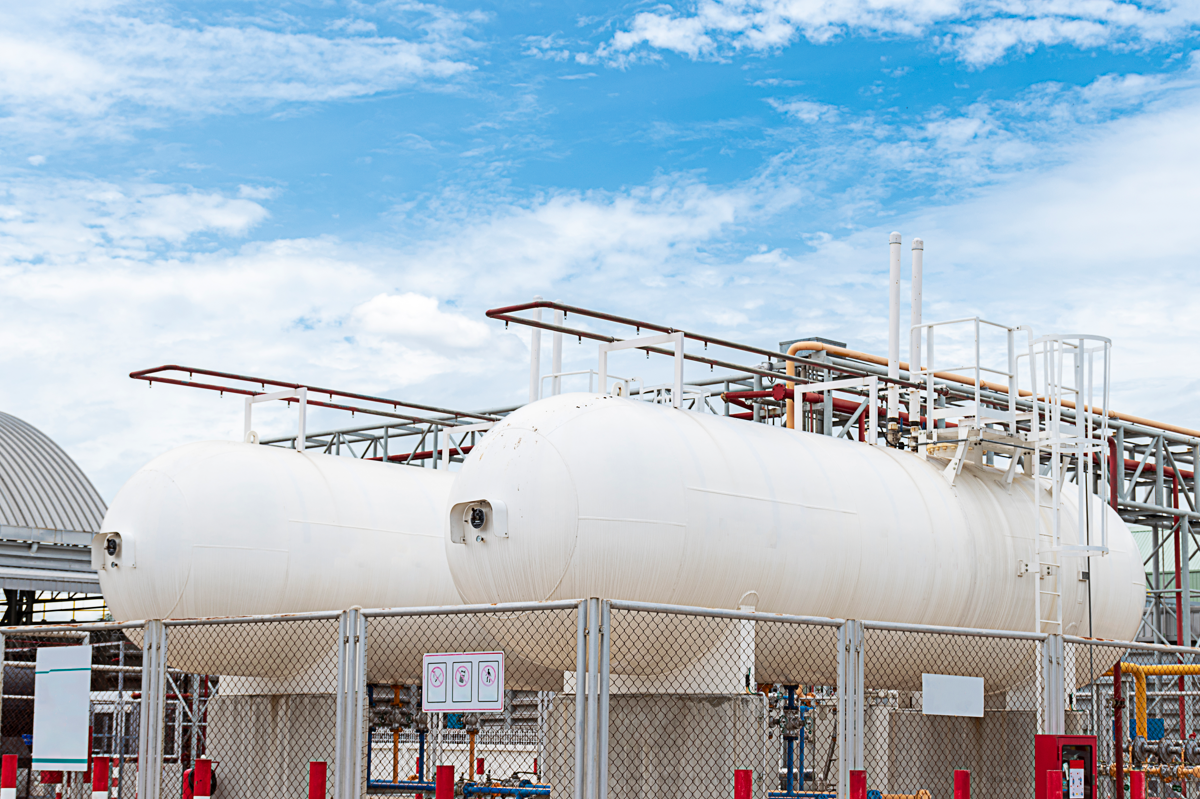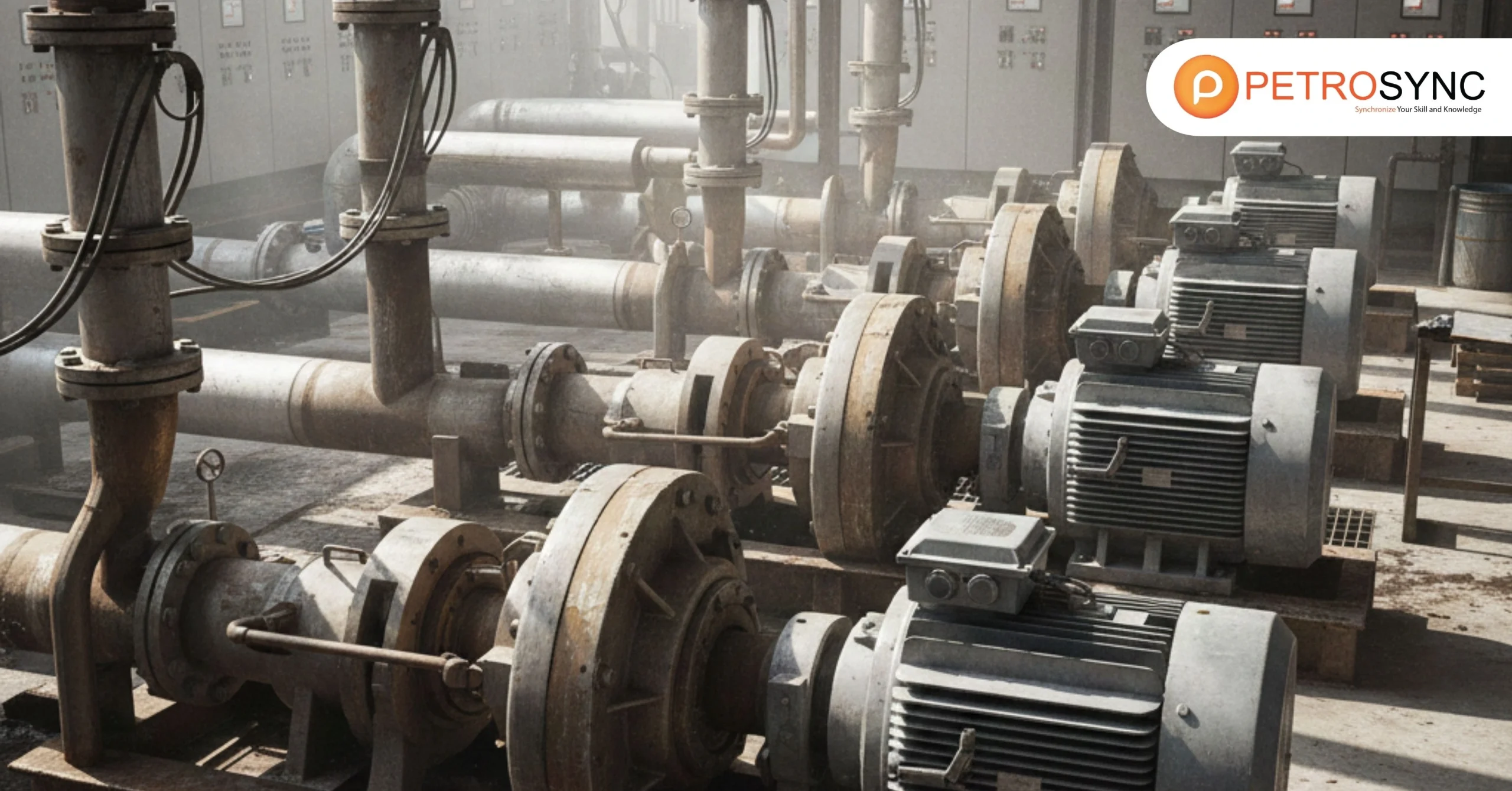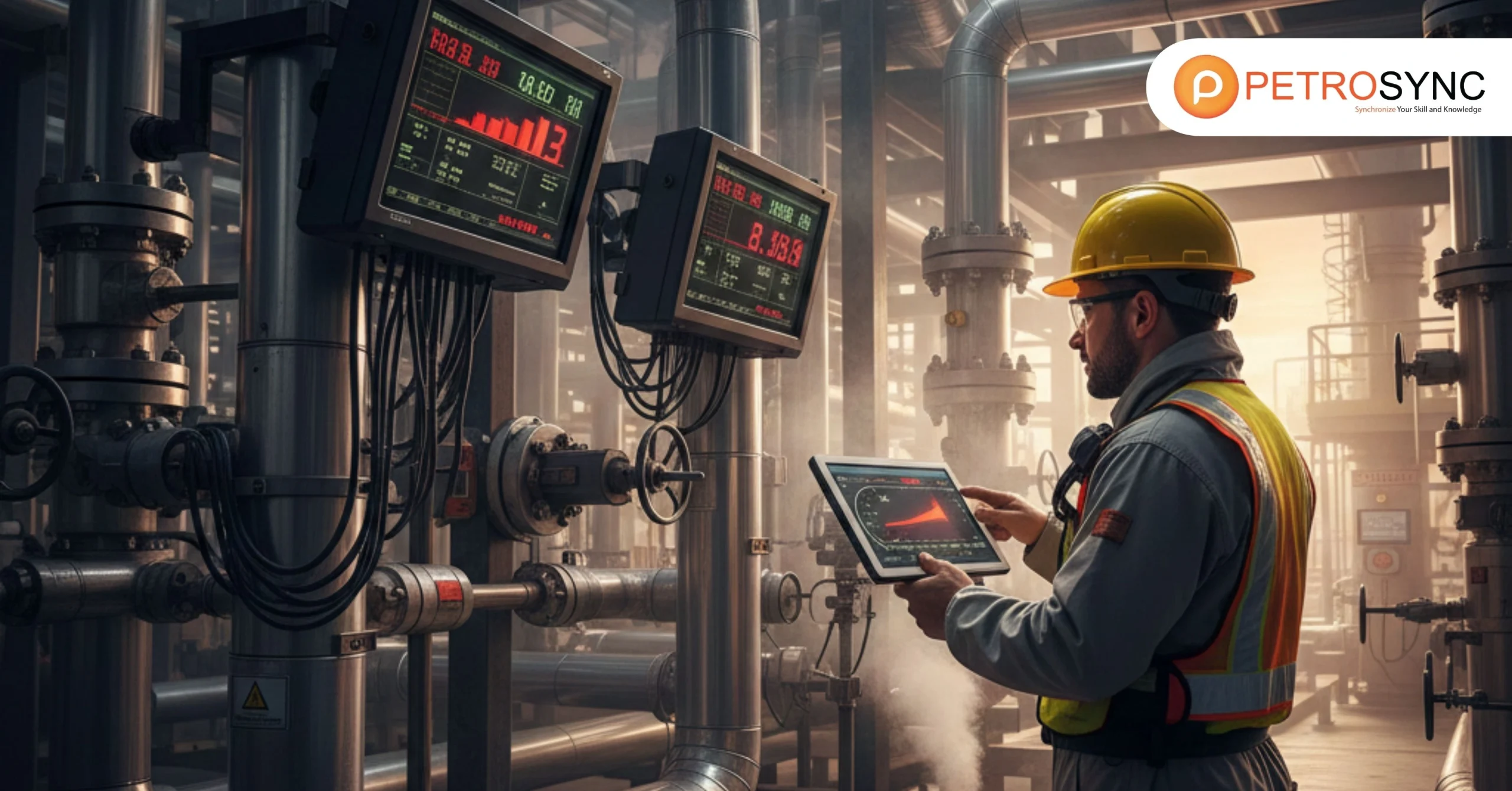In the realm of tank engineering, the API 653 Body of Knowledge stands as a foundation of expertise. This thorough guide covers a diverse range of subjects, equipping tank engineers with the essential abilities and insights required for success in their profession. In this article, we will explore the fundamental ideas outlined in the API 653 Body of Knowledge, delivering a wealth of valuable information, expert perspectives, and responses to common queries.
What Is API 653 Body of Knowledge?
The API 653 exam body of knowledge is like a detailed roadmap that tells you what you need to know to pass the API 653 certification exam. It covers topics like tank inspection, repair, alterations, safety, and environmental protection. This body of knowledge is the foundation for the questions you’ll encounter on the exam, so studying it well is the key to success.
What Publications Are Mentioned in API 653 Body of Knowledge?
The API 653 Body of Knowledge refers to several publications that are integral to the understanding and application of API 653 standards. These publications include:
1. API Recommended Practice 571
The API 571 standard plays a crucial role in understanding the potential damage mechanisms that can impact fixed equipment, such as storage tanks, within the refining industry. It’s all about identifying and managing these damage mechanisms to ensure the safety and integrity of the equipment. This is a cornerstone for maintaining equipment reliability and the safety of operations.
| Section 2 Terms and Definitions | ||
| 3.8 | Atmospheric Corrosion | |
| 3.11 | Brittle Fracture | |
| 3.14 | Caustic Corrosion | |
| 3.15 | Caustic Stress Corrosion Cracking (Caustic Embrittlement) | |
| 3.17 | Chloride Stress Corrosion Cracking | |
| 3.22 | Corrosion Under insulation (CUI) | |
| 3.43 | Mechanical Fatigue (Including Vibration-induced Fatigue) | |
| 3.45 | Microbiologically Influenced Corrosion (MIC) | |
| 3.57 | Soil Corrosion | |
| 3.58 | Sour Water Corrosion (Acidic) | |
| 3.62 | Sulfuric Acid Corrosion | |
2. API Recommended Practice 575
API RP 575 is your go-to guide for inspecting tanks operating under atmospheric and low-pressure conditions. The key focus here is safety and compliance. By adhering to this standard, you can ensure that tanks are inspected correctly, which is essential to prevent issues and maintain the reliability of these critical storage facilities.
| 1. | Types of tanks covered | ||
| 2. | Procedures to perform internal and external inspection | ||
| 3. | The types of external and internal inspections | ||
| 4. | Procedures to determine suitability for continued service | ||
| 5. | Evaluation of change-of-service effects on suitability for continued service | ||
| 6. | Evaluation and general condition | ||
3. API Recommended Practice 576
While its primary focus is on pressure-relieving devices, API RP 576, within the context of API 653, homes in specific sections related to their inspection. The highlight here is ensuring that pressure-relieving devices are functioning correctly, a vital aspect of tank safety. Proper inspection of these devices is essential to maintain the safety of storage tanks.
| 1. Safety Relief Valve (API RP 576, 4.3.2) | ||
| 2. Inspection, Testing, Maintenance, and Setting of Weight-loaded Pressure and/or Vacuum Vents on Tanks (API RP 576, 6.6) |
4. API Recommended Practice 577
This standard is all about welding, especially in the context of storage tanks. It covers welding processes, inspections, and metallurgy. Its significance lies in ensuring that tank welding is done correctly, which is critical for the structural integrity of the tanks.
| 1. | Definitions | ||
| 2. | Welding inspection | ||
| 3. | Welding processes | ||
| 4. | Welding procedure | ||
| 5. | Welding materials | ||
| 6. | Welder qualifications | ||
| 7. | Non-destructive examination | ||
| 8. | Metallurgy | ||
| 9. | Refinery and Petrochemical Plant Welding Issues | ||
| 10. | Terminology and symbols | ||
| 11. | Actions to address improperly made production welds | ||
| 12. | Welding procedure review | ||
| 13. | Guide to common filler metal selection | ||
| 14. | Example report of RT results | ||
5. API Standard 650
API 650 provides comprehensive guidelines for the design, fabrication, and construction of welded steel tanks used for oil storage. It sets the industry standard for the construction of oil storage tanks, ensuring their reliability. Following these guidelines is essential to maintain the safety and effectiveness of these vital storage facilities.
6. API Recommended Practice 651
Focusing on the safeguarding of aboveground petroleum storage tanks from corrosion, API RP 651 is centered around cathodic protection systems. Its highlight is ensuring that tanks are protected against corrosion, which not only preserves the tanks but also safeguards the substances they contain and the environment.
| Note: Only Sections 1, 2, 3, 4, 5, 6, 8, and 11 will be covered on the exam | ||
|
A. The inspector should have a practical understanding and be familiar with the information contained in API RP 651 related to:
|
||
|
B. Information contained in API RP 651 which the inspector will not be examined:
|
7. API Recommended Practice 652
API RP 652 guides the lining of tank bottoms to prevent corrosion and contamination, particularly in aboveground petroleum storage tanks. The standard is instrumental in protecting tank bottoms, reducing the risk of leaks, and environmental damage, and ensuring the longevity of the tanks.
| The inspector should have a practical understanding and be familiar with the information contained in API RP 652 related to: | ||
|
8. API Standard 653
API 653 serves as the primary standard for the inspection, repair, alteration, and reconstruction of aboveground storage tanks. Its significance is immense, as it provides a comprehensive framework for ensuring the safety and longevity of storage tanks, making it indispensable for those responsible for these critical facilities.
9. ASME Boiler & Pressure Vessel Code
This code is all about the construction and inspection of pressure vessels, including those used in the oil and gas industry. The highlight here is that it establishes industry standards for the safe construction and inspection of pressure vessels. Given their close association with storage tanks, compliance with this code is fundamental to overall safety and reliability in the industry.
|
Section V: Nondestructive Examination |
||
| Article 1 | General Requirements | |
| Article 2 | Radiographic Examination | |
| Article 6 | Liquid Penetrant Examination, Including Mandatory Appendix II | |
| Article 7 | Magnetic Particle Examination (Yoke and Prod techniques only, excluding paragraphs T-765 and T-766) | |
| Article 23 | Ultrasonic Standards, Section SE–797 only – Standard practice for measuring thickness by manual ultrasonic pulse-echo contact method | |
| API 650 and API 653 |
General nondestructive examination requirements
|
|
|
Section IX: Qualification Standard for Welding, Brazing, and Fusing Procedures; Welders; Brazers; and Welding, Brazing and Fusing Operators |
||
| The inspector should have the knowledge and skills required to review a Welding Procedure Specification, Procedure Qualification Record, and Welder Performance Qualification. | ||
| The inspector should know that the WPS must reference the applicable PQR and that the PQR must be signed and dated. | ||
What Topics Are Mentioned in API 653 Body of Knowledge?
|
CALCULATIONS & TABULAR EVALUATIONS FOR EVALUATING THICKNESS MEASUREMENTS, WELD SIZES, AND TANK INTEGRITY |
||
| 1. | CORROSION RATES AND INSPECTION INTERVALS (API 575, 7.1 & 7.2) | |
| 2. | JOINT EFFICIENCIES (API 653) | |
| 3. | MAXIMUM FILL HEIGHT (HYDROSTATIC TESTING) – (API 653) | |
| 4. | WELD SIZES FOR SHELL & ROOF OPENINGS (API 650 & API 653) | |
| 5. | HOT TAPPING (API 653) | |
| 6. | SETTLEMENT EVALUATION (API 653) | |
| 7. | NUMBER OF SETTLEMENT POINTS (API 653) | |
| 8. | IMPACT TESTING (API 650) | |
| 9. | EXISTING TANK SHELL – MINIMUM THICKNESS (API 653) | |
| 10. | RECONSTRUCTED TANK SHELL – MINIMUM THICKNESS (API 650) | |
| 11. | TANK SHELL – CORRODED AREA (API 653) | |
| 12. | TANK SHELL – PITTING (API 653) | |
| 13. | BOTTOM PLATE MINIMUM THICKNESS (API 653) | |
| 14. | REPLACEMENT PLATES (API 653) | |
| 15. | LAP WELDED PATCH PLATES (API 653) | |
By focusing on the API 653 Body of Knowledge, you ensure that you are well-equipped with the fundamental understanding and expertise necessary to succeed in the examination and, more importantly, to excel in the field of aboveground storage tanks. It is, without a doubt, the foundational resource that lays the path to certification and a successful career in this critical industry.
To take your exam preparation to the next level, consider enrolling in the API 653 training program offered by PetroSync. This specialized training is designed to provide in-depth insights into the intricacies of API 653 standards, and the instructor, holding a valuable API 653 certification, brings a wealth of knowledge and practical experience to the table.
This means that you not only get access to expert guidance but also the opportunity to engage in discussions, seek clarifications, and reference to real-world scenarios. Such interactions with an experienced instructor and fellow participants can significantly enhance your understanding and readiness for the API 653 certification exam, ensuring you are well-prepared to excel in your career within the field of aboveground storage tanks with API 653 training by PetroSync.
Credit: Freepik

SEO specialist by day, fact-checker by night. An avid reader and content writer dedicated to delivering accurate and engaging articles through research and credible sources.







